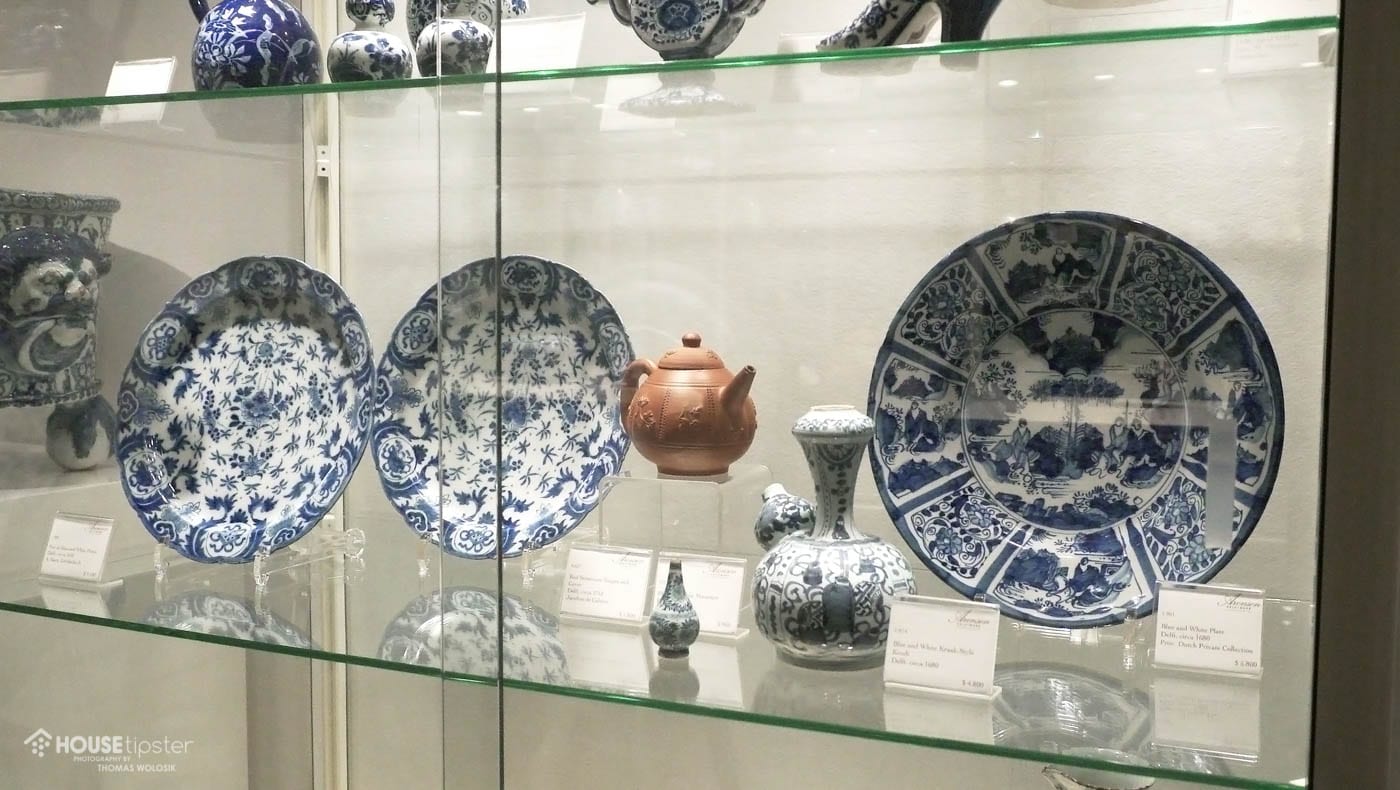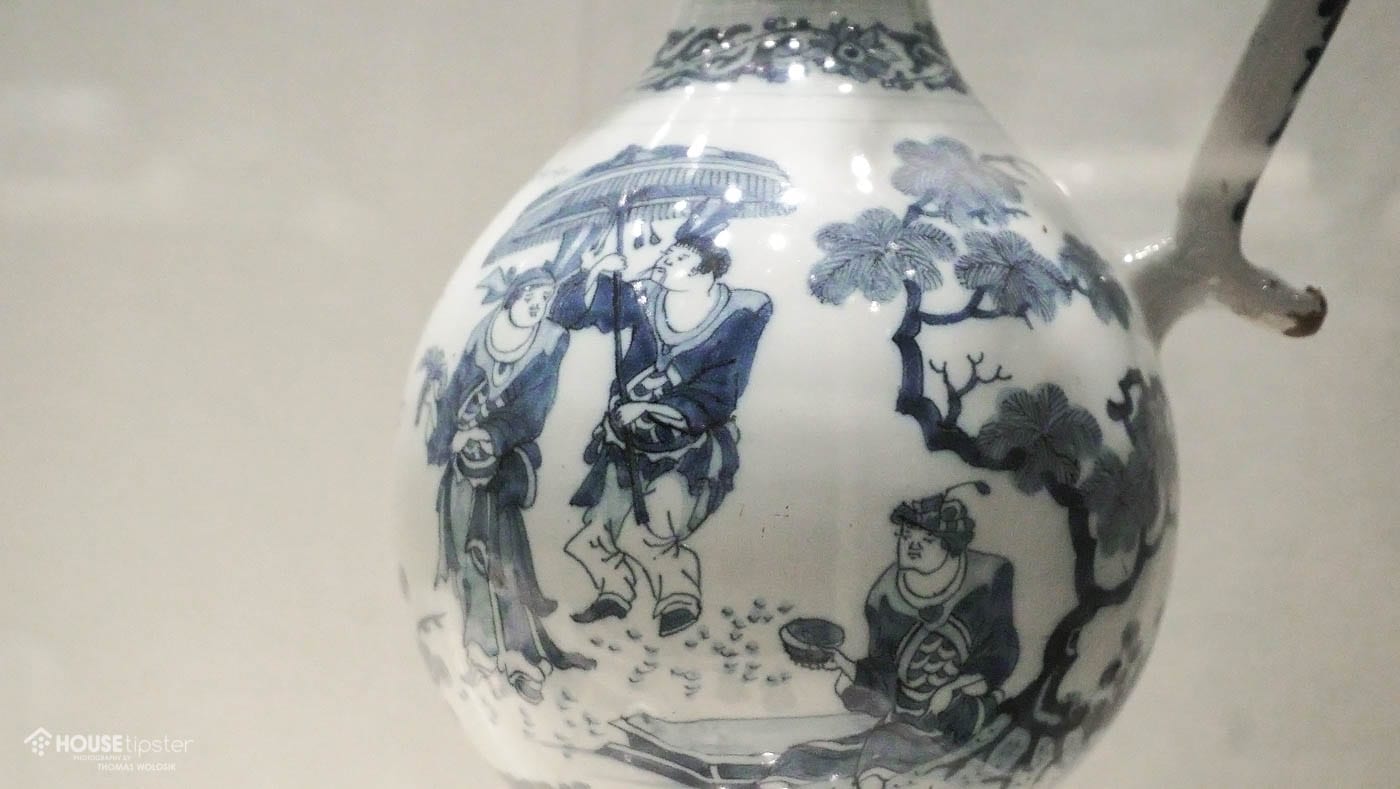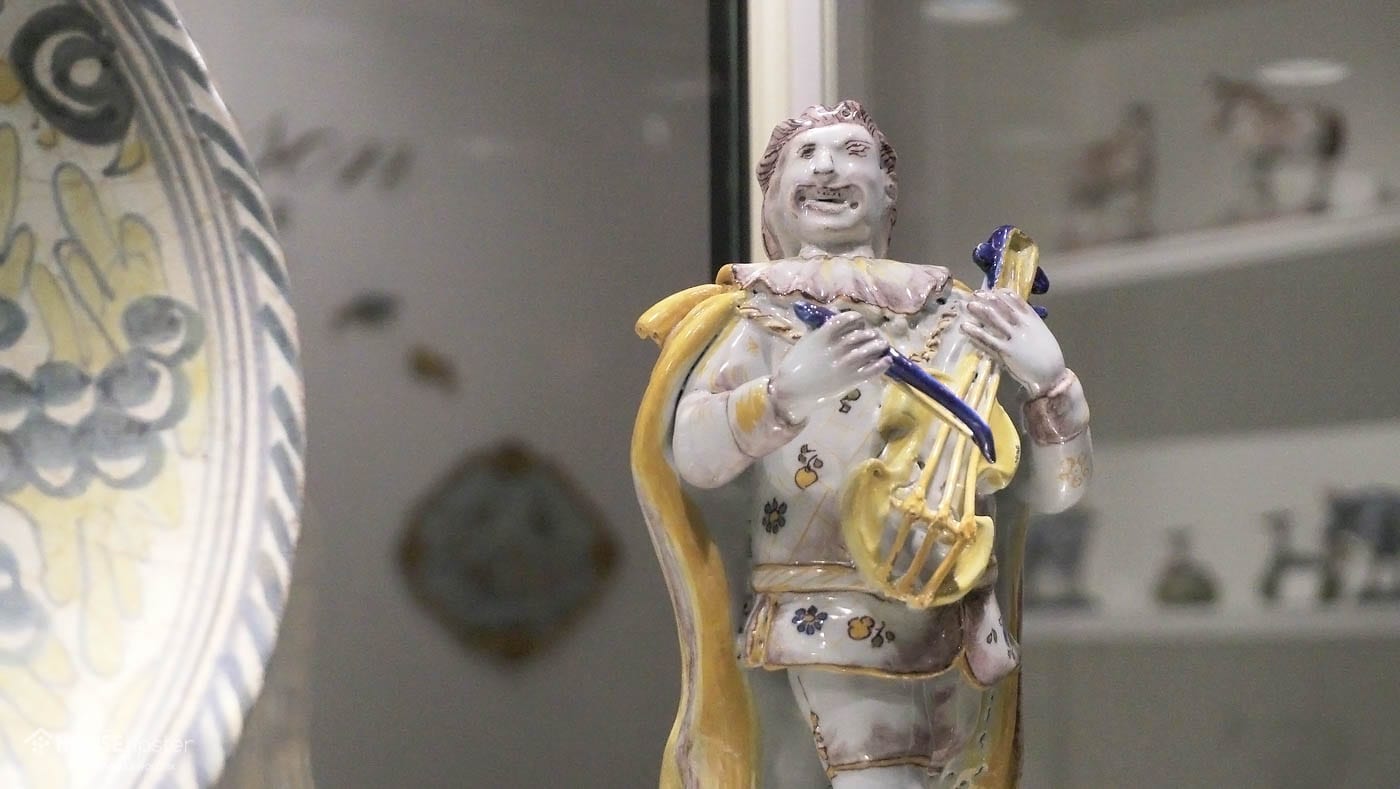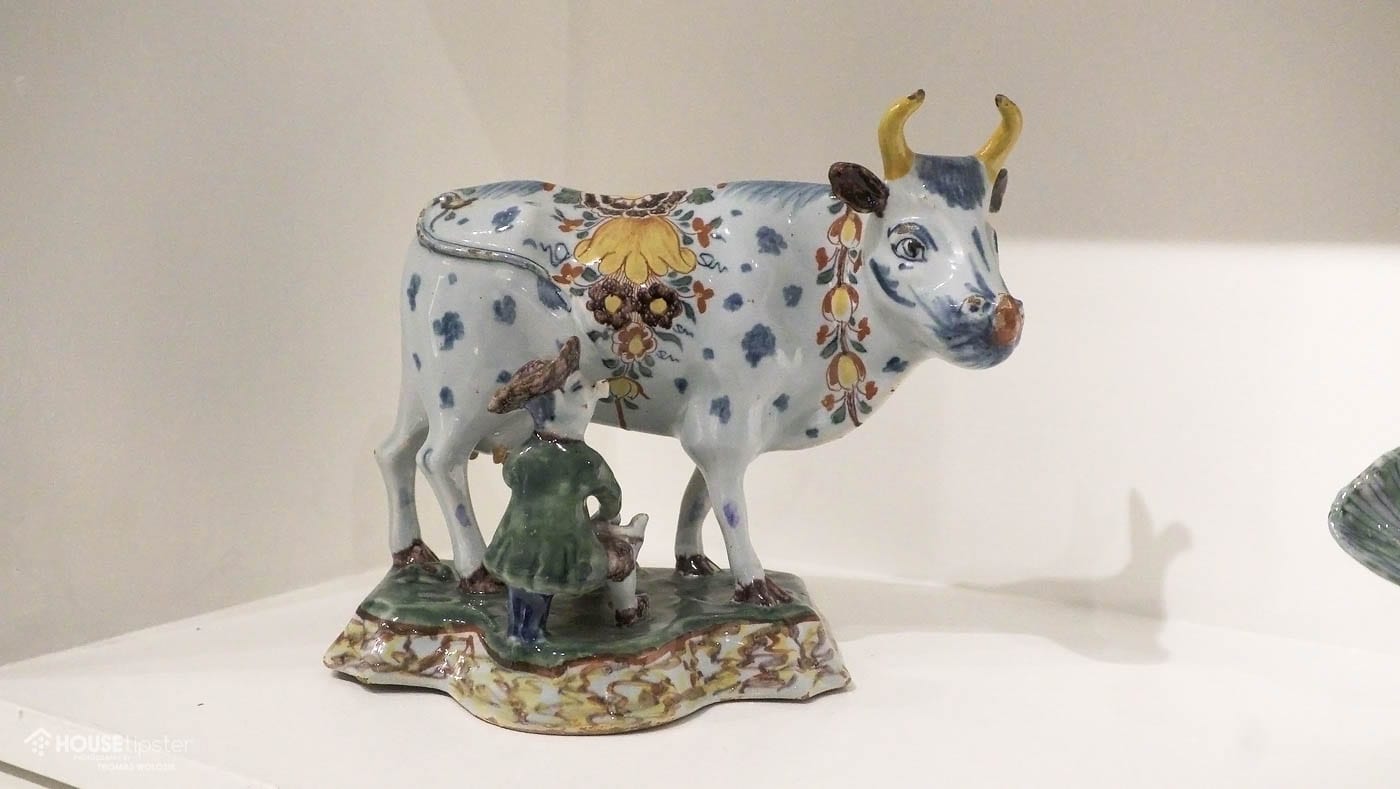When you start to uncover the unique history of antiques and artworks, you will naturally see the progress and inventiveness of generations as you learn of its cultural prominence.
For Aronson Antiquairs of Amsterdam, Delftware pieces tell a story of a city, a family, and hundreds of years of artistic innovations.

The House Tipster Industry team recently spoke with Irene Aronson of the company’s Client Relations at this year’s Winter Show in New York to give us the story behind the early beginnings of Delftware – and her family’s place in a long legacy of its use in design.

At the showcase, the Amsterdam-based brand showcased a variety of Delftware pieces from the 17th and 18th centuries, the firm’s specialty.
“Delftware was made in Holland in the city of Delft, which is very famous for its beautiful surroundings and canals,” Aronson said. “That was one of the main points for why it started there, because there was water to bring goods in by boat, and there were empty breweries, because at the time, the water was polluted and it couldn’t be used for the beer that used to be made in Delft. There were just empty walls. For earthenware, it didn’t matter that the water was polluted, so they started earthenware production there.”

You may know traditional Delftware for its traditional blue and white colored patterns. But Aronson’s Winter Show display consisted of a variety of colors and elaborate designs, and a menagerie of decorated animals.
Aronson shared the historical – and practical – reasons behind the progression of styles with us, and it helps you track changes over the centuries.

“First, they wanted to imitate the Chinese porcelain, which was brought in in big quantities via the East Indian Company to the Netherlands,” Aronson explained. “That was very chic and elegant to use Chinese porcelain. Then, there was a big war going on between two emperors in China, and the whole production – and import of Chinese porcelain – was stopped. So then Delft dived into the empty niche and created lots of Delftware at that time. That’s how it started.”

Also, working in color was a way more complicated process – which is why you don’t see it in earlier pieces.
“Blue and white was easier to produce than color: they didn’t used to make color at that time,” Aronson said. “Then at the end of the 17th century, they started trying to make colors, starting with the basic colors green and red. Then, they developed other coloring from that. The colored pieces are from the very end of the 17th century, and really the 18th century. The process was much more difficult.”

With so much history behind the products, it’s no surprise that global audiences are captivated with Delftware. But what is surprising is the porcelain’s modern practicality and functionality.
“You can use Delftware everywhere to decorate and make your whole surrounding a little bit more warm,” Aronson said. “It looks great in modern interiors.”
